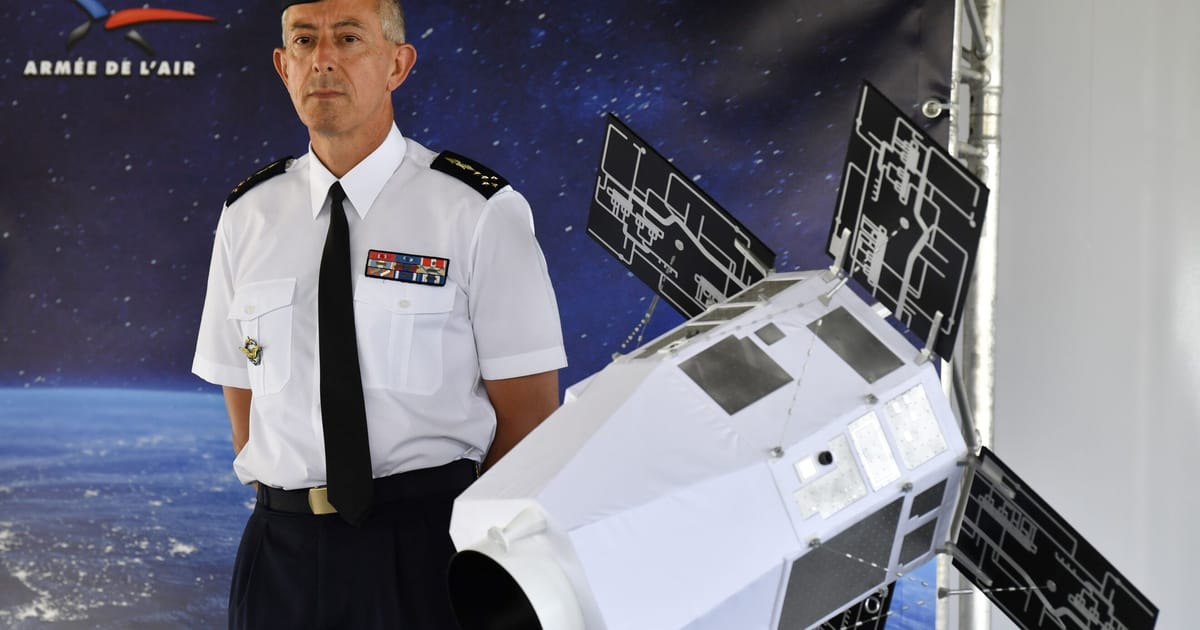While Adam won’t name potential adversaries, tensions are ramping up with more than just Moscow. In 2007, China fired a missile at a satellite, and it has used grappling and thruster technology to reposition its own spacecraft thousands of kilometers into geosynchronous orbits. Other countries are also developing ground-launched anti-satellite missiles.
This year’s AsterX is focused on efforts to protect space-based communications, imaging and navigation satellites from Mercury’s malevolent sabotage since such spacecraft are critical for everything from monitoring troops to launching missiles and directing attacks.
When POLITICO visited the control room, military staff wearing blue armbands for Celtica were shuttling between screens calculating orbits and trying to identify satellites using telescope data, mapping and fake social media posts.

Behind temporary office dividers, a team from France’s space agency CNES was working to keep AsterX up and running while secreted in yet another room were red-armband-wearing combatants from Mercury — played by participants from the U.S. Space Force.
At the front of the main control room, among fatigue-wearing troops, a besuited official from France’s foreign affairs ministry was on hand to make sure the war game tactics don’t breach international law.
No sci-fi
The exercises in AsterX 2024 include 23 events, ranging from a satellite rendezvous to an attack on a military satellite. During POLITICO’s visit, teams were figuring out how to counter a potential snooping attack by one of Mercury’s satellites on a Celtica asset.




